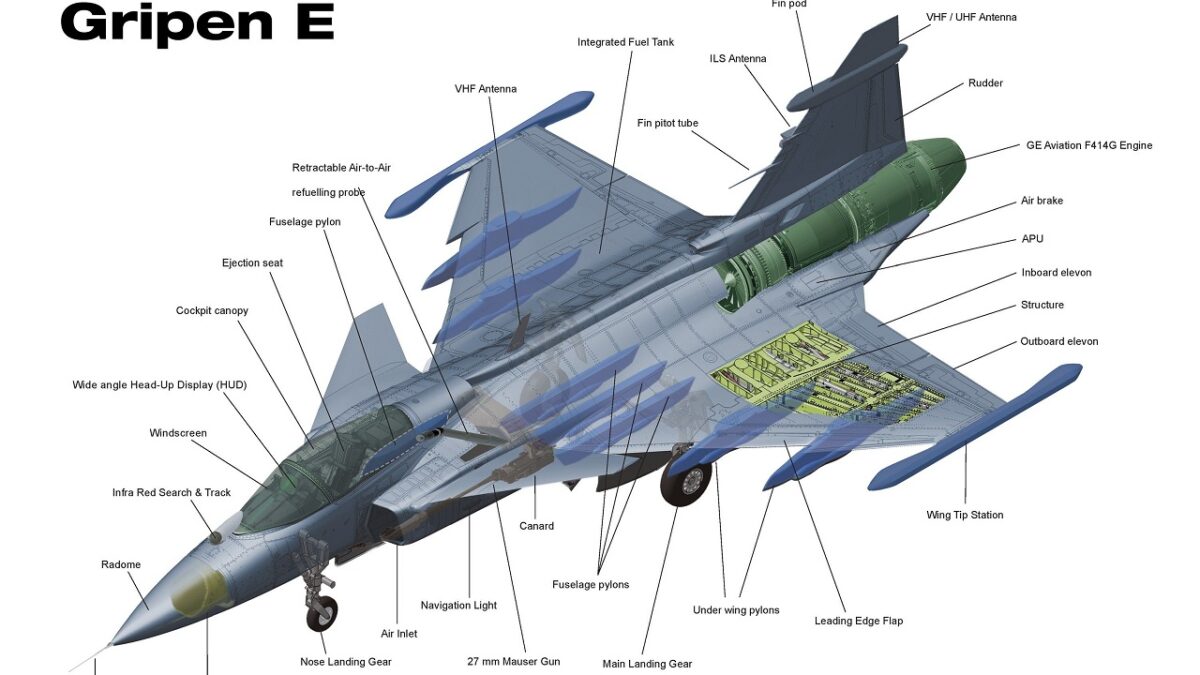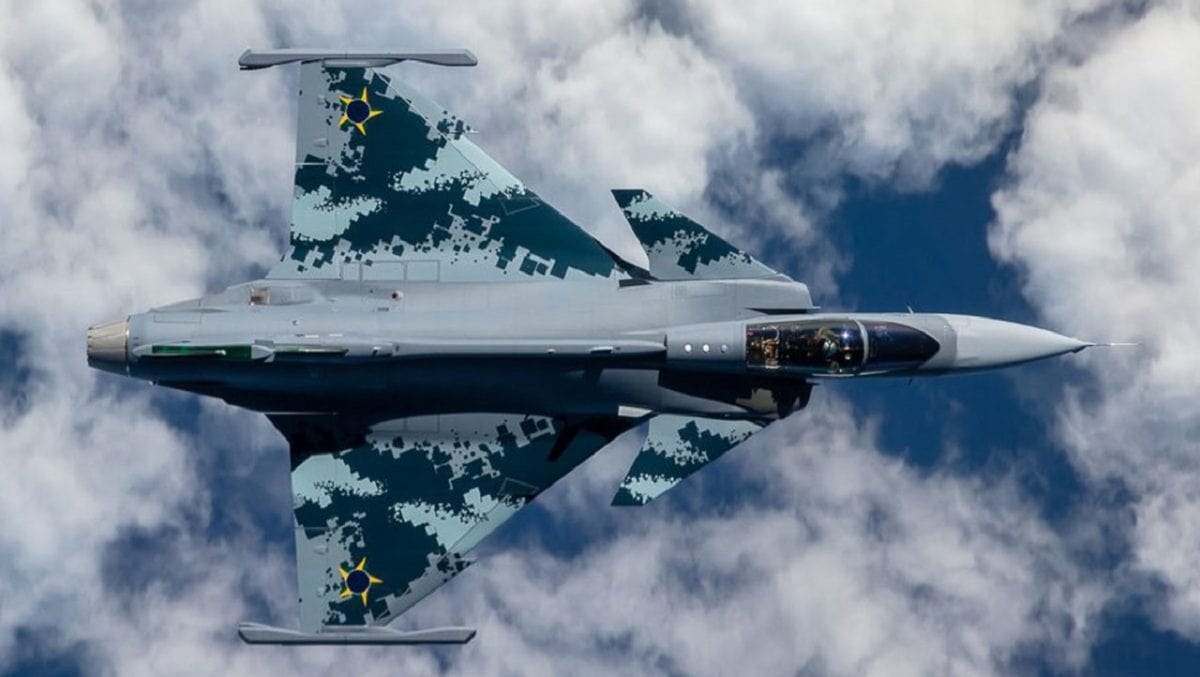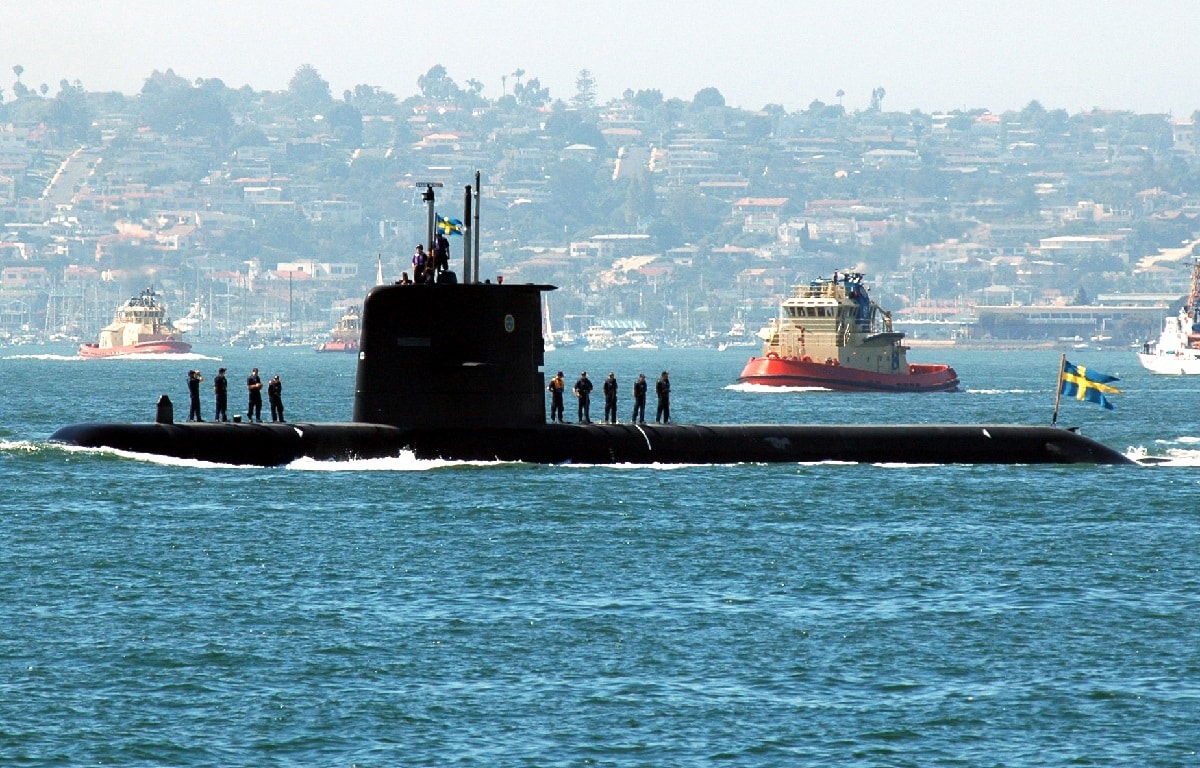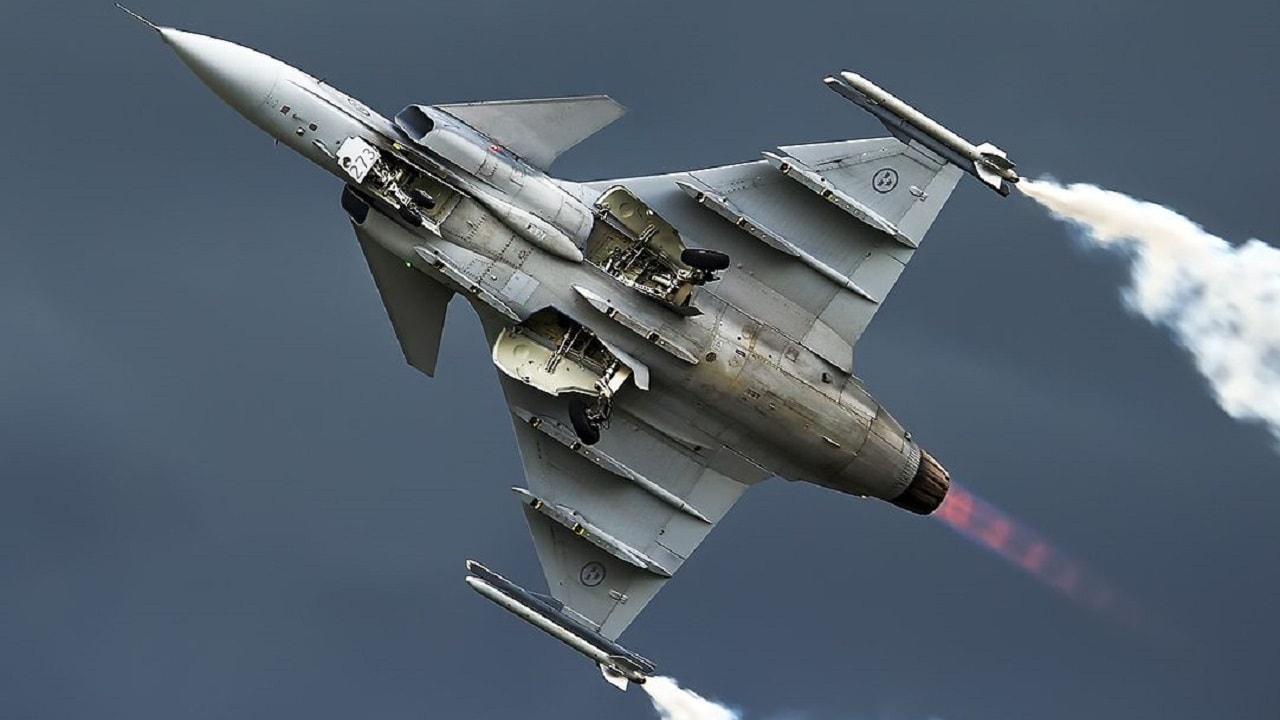Sweden is close to a verdict about applying for NATO membership, but the final decision has not been made. More clarity on the issue will come on May 15 when a security policy report containing recommendations for joining the alliance is due to be released. Sweden is not known as a “joiner,” having been militarily non-aligned and neutral for many decades. But it does have a laudable military industrial base that has produced weapons systems such as fighter planes that are popular on the export market.
The Strength of Swedish Defense Technology
Sweden has interest from the United States in its defense technology portfolio, and the Americans have funded numerous joint tech projects over the years. The Pentagon’s Foreign Competitive Testing program just visited Sweden to get a rundown on the latest Swedish defense programs that could get a boost from the U.S. Department of Defense. The Americans are highly interested in keeping up a good relationship with Saab AB, for example.
The United States has funded 80-plus FCT projects over the years. Of the projects, 30 have led to military sales to the Pentagon.
Bryant Streett, a technology director in research and engineering at the Pentagon, told Fedscoop that “Sweden has done very well over the years because they have really good defense technologies that have been better in many cases than we have here.”
Sweden is quite capable of bringing its prowess in developing defense technology and homegrown military platforms to NATO.
Not a Big Military
The Swedish military is small – very close to the size of Finland’s. There are 16,000 active duty personnel in Sweden, in addition to 22,000 paramilitary Home Guard troops. According to GlobalFirePower.com, the Swedes have only 121 tanks and 48 self-propelled Howitzer pieces in the army. The navy has only seven corvettes, five submarines, 161 patrol vessels, and nine mine warfare ships. The air force has 204-total aircraft with 71 fighters, six transport airplanes, one tanker, and 53 helicopters.
Warplanes and Submarines Are a Strength
The Swedes are known for their JAS 39 Gripen fighter that can adeptly intercept enemy airplanes and attack ground targets. Their Gotland-class diesel-electric submarines are small but superbly quiet and sleek.
Stubbornly Low Defense Spending
Sweden, however, spends only 1.2-percent of its gross domestic product on defense. From 2010 to 2020, defense spending has consistently remained at around one-percent to 1.2-percent of GDP.
Political views on defense spending have changed since the Russian invasion of Ukraine. Sweden’s ambassador to the U.S., Karin Olofsdotter, told Insider on May 11 that the military will become a higher priority. “We had a plan to increase our defense spending by 85 percent from 2014 to 2025, and now we have just taken a decision to increase annual defense spending to two-percent of GDP,” Olofsdotter.
More Invested in Defense Is Possible
Two-percent of GDP spending would bring Sweden in line with NATO defense expenditure targets. But the Scandinavian country my not hit that two-percent goal until 2028.
Major defense purchases are often from the United States and the Swedish government has recently bought Patriot Surface-to-Air-Missile systems from the Americans. Sweden also prefers to specialize its military in areas that it excels in such as cyber defense and psychological warfare.
More People In Favor of Joining NATO
Swedish public opinion on military matters has changed since the war in Ukraine. A larger majority – 57 percent – now support NATO membership, according to polling data from Demoskop and the Aftonbladet newspaper. This is a record number of people in favor of joining the alliance. Even more Swedes would approve if Finland were to join, which is looking increasingly likely.

JAS 39 Gripen. Image Credit: Creative Commons.

Sweden JAS 39 Fighter. Image Credit: Creative Commons.
Dangerous Military Deployments Could Be Frowned Upon
However, it is likely that Swedes would not favor a military deployment that put Swedish troops in harm’s way, despite the growing majority who support NATO membership. The Swedes have been neutral for so long that an aggressive defense posture is against their political culture. There will likely be a spirited debate in Sweden’s parliament over the possibility of joining NATO.
Play to Its Strengths
The Swedish defense forces could specialize in certain strengths such as offering pilots and warplanes to the alliance. The country’s land forces are on the weak side and would need more investment. The army needs more tanks and artillery. And the number of naval vessels is low. The Swedish navy could use at least two guided-missile destroyers or invest in land-launched anti-ship missiles that the Ukrainians have used against the Russian navy on the Black Sea.

051001-N-0050T-017
San Diego (Oct. 1, 2005) – The Swedish diesel-powered attack submarine HMS Gotland transits through San Diego Harbor during the ÒSea and Air ParadeÓ held as part of Fleet Week San Diego 2005. Fleet Week San Diego is a three-week tribute to Southern California-area military members and their families. U.S. Navy photo by PhotographerÕs Mate 2nd Class Patricia R. Totemeier (RELEASED)
Sweden has defense technology that would allow them to be a decent NATO partner. They need more troops in the army. They need strong political leadership to change a tradition of being militarily neutral. But the availability of mutual defense that is awarded by joining NATO would be invaluable and give the Swedes peace of mind as Russia continues to savage Ukraine. NATO could become a reality.
Now serving as 1945’s Defense and National Security Editor, Brent M. Eastwood, PhD, is the author of Humans, Machines, and Data: Future Trends in Warfare. He is an Emerging Threats expert and former U.S. Army Infantry officer. You can follow him on Twitter @BMEastwood.

